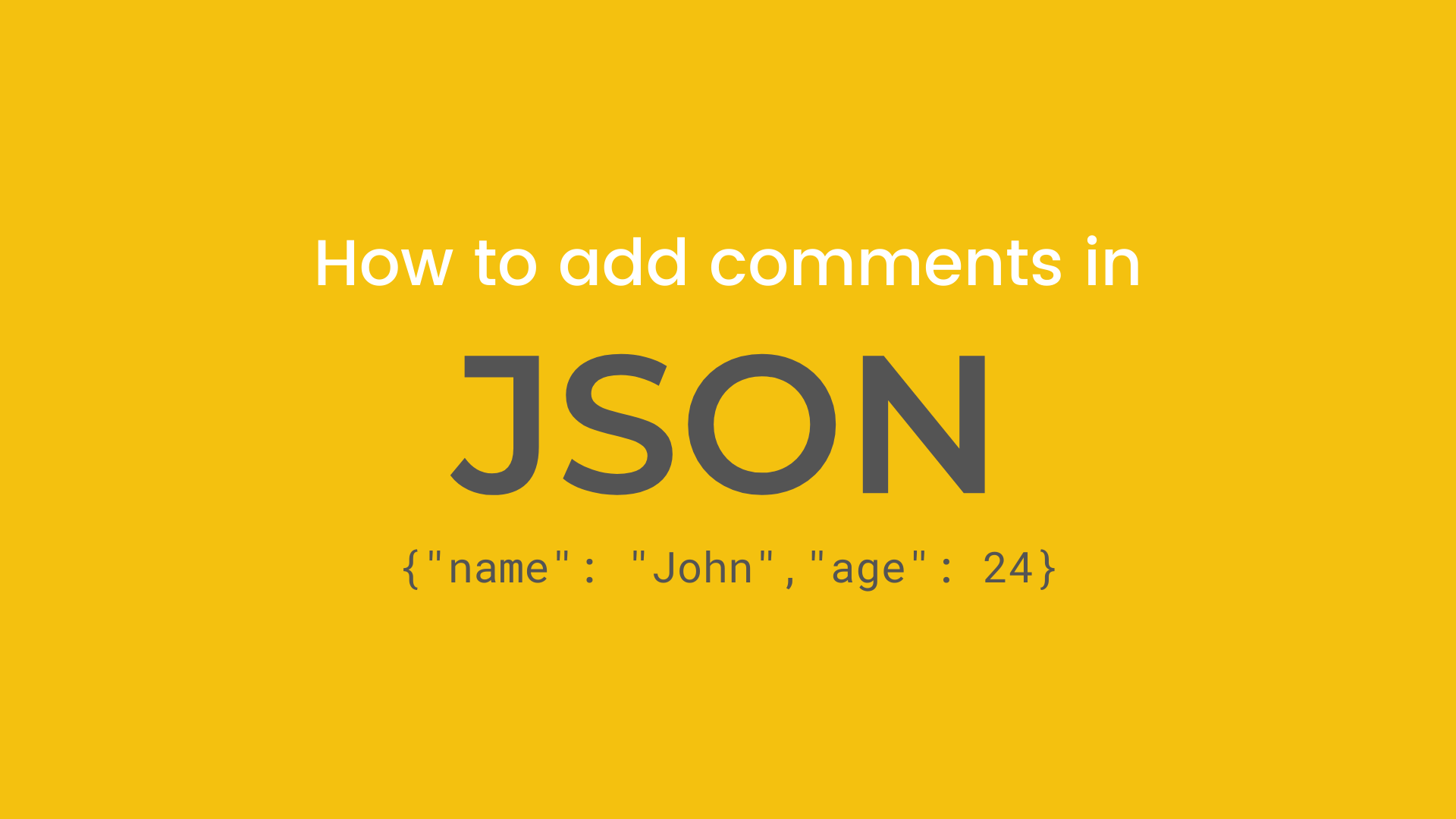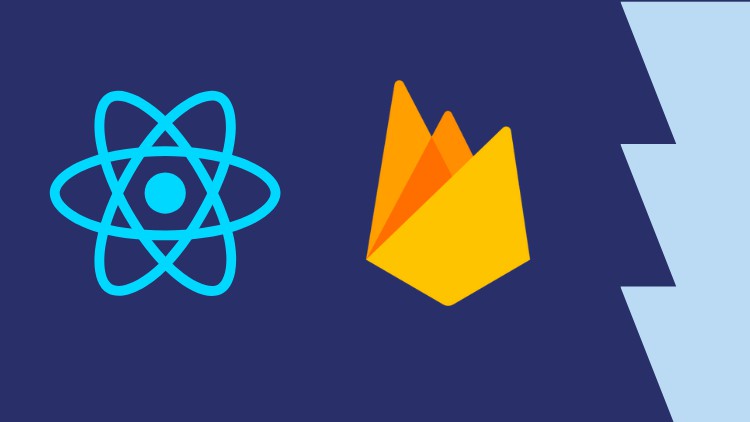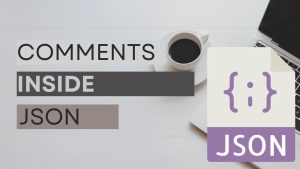Introduction to JSON
JSON (JavaScript Object Notation) is a lightweight data interchange format widely used for storing and exchanging data between a server and a client application. It provides a simple and human-readable syntax for representing structured data. JSON files consist of key-value pairs and support various data types such as strings, numbers, booleans, arrays, and objects.
Understanding JSON Syntax
JSON files follow a specific syntax that defines how data should be structured. Let’s explore the key components of JSON syntax.
Objects in JSON
An object in JSON is enclosed in curly braces {} and consists of key-value pairs. The key is always a string enclosed in double quotes, followed by a colon :, and the corresponding value.
{
"name": "John Doe",
"age": 25,
"email": "[email protected]"
}
In this example, we have an object representing a person with properties such as name, age, and email.
Arrays in JSON
An array in JSON is enclosed in square brackets [] and can contain multiple values separated by commas.
{
"fruits": ["apple", "banana", "orange"]
}
In this example, we have an array containing the names of fruits.
Values in JSON
Values in JSON can be strings, numbers, booleans, objects, arrays, or null.
JSON and Comments
One notable aspect of JSON is that it does not natively support comments. Unlike programming languages that allow adding comments for documentation or explanatory purposes, JSON does not provide a specific syntax for adding comments within the data structure. However, there are alternative approaches you can employ to achieve a similar effect.
Comment as a Value
One approach is to include a special key-value pair in your JSON data to serve as a comment. Although the comment itself will not be recognized or interpreted by JSON parsers, you can use this technique to add explanatory notes for future reference.
{
"name": "John Doe",
"age": 25,
"email": "[email protected]",
"comment": "This is a sample comment"
}
By convention, you can choose to ignore the "comment" key when processing the JSON data programmatically.
External Documentation
Another approach is to maintain separate external documentation alongside the JSON file. This can be in the form of a README file, a text document, or even inline code comments. This way, you can provide more extensive and detailed explanations and comments that are not directly embedded within the JSON structure.
Best Practices for Commenting JSON
While JSON itself does not support comments, you can follow some best practices to ensure clarity and maintainability of your JSON files.
Use Descriptive Key Names
To enhance the understanding of your JSON data, use descriptive and self-explanatory key names. By choosing meaningful names for your keys, you can reduce the need for comments.
External Documentation
Consider maintaining external documentation alongside your JSON files. This documentation can provide additional context, explanations, and usage instructions for your JSON data. It can be especially helpful when working with complex or large JSON structures.
Version Control and Collaboration
If you are collaborating with a team or using version control systems like Git, encourage team members to provide meaningful commit messages and comments when making changes to the JSON files. This helps in tracking and understanding the modifications made over time.
Conclusion
Although JSON does not have built-in support for comments, you can employ alternative methods to add comments or explanatory notes to your JSON files. By using special keys as comment placeholders or maintaining external documentation, you can improve the readability and maintainability of your JSON data.
When working with JSON, it is essential to remember that comments are meant for human consumption and should not be processed or relied upon by JSON parsers or programs that consume JSON data.
JSON’s simplicity, portability, and widespread support make it an excellent choice for data interchange in various applications. Understanding its syntax and leveraging best practices will help you effectively work with JSON and utilize its capabilities to the fullest.
Continue exploring JSON and incorporating it into your projects, and don’t forget to document and comment your JSON files to ensure clarity and ease of maintenance.

Hi all, my name is Angelika and I am one of the authors of the EasyTechh website. Like the rest of our team I am incredibly ambitious and I love helping people.
That’s why I write here and not only here 😉 I write interesting and useful for people articles in the IT sphere and a little bit about life.
Enjoy reading.










+ There are no comments
Add yours